Investment Casting Services
KEMING offers high-quality investment casting services. We use the lost wax process to create precise and complex metal parts. Our skilled team ensures excellent surface finish and tight tolerances. We work with various metals, including stainless steel, aluminum, and alloys. KEMING serves industries like automotive, aerospace, and machinery. We focus on fast delivery and competitive prices. Our advanced technology guarantees reliable and consistent results. Choose KEMING for your casting needs. We provide expert support from design to final product. Trust us to bring your ideas to life with accuracy and quality.
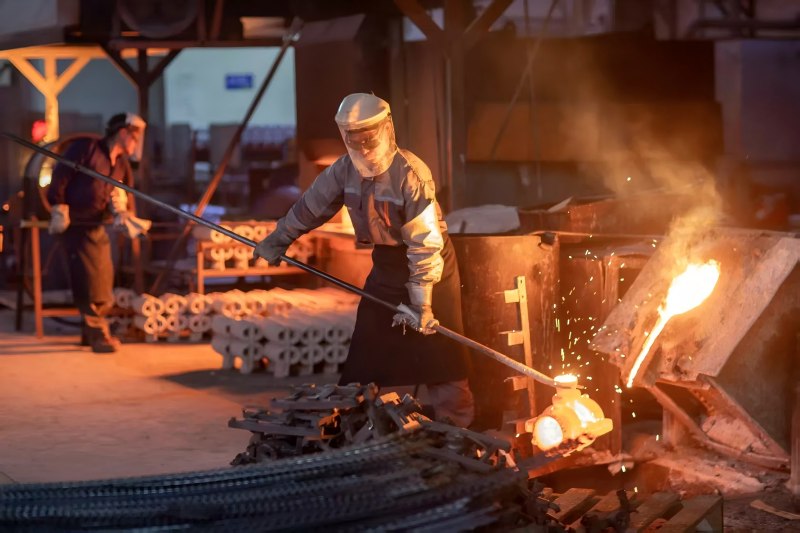
Why Choose KEMING As Your Investment Casting Manufacturer
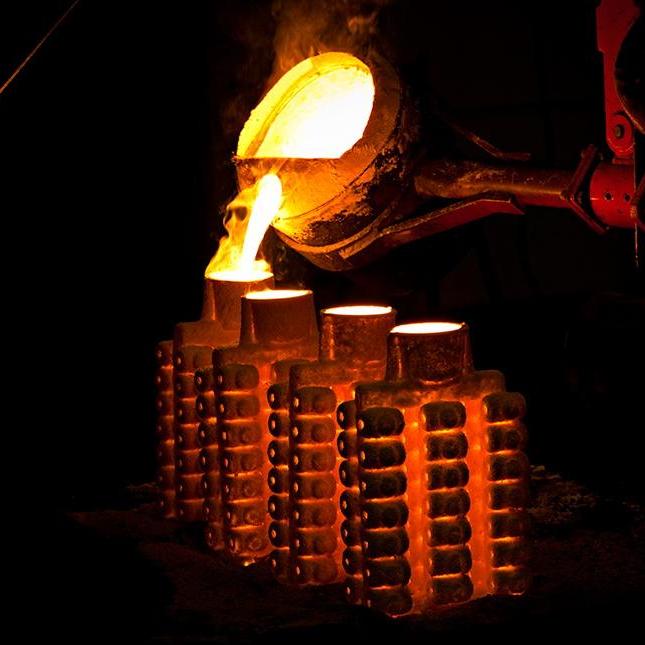
20 Years of Experience
KEMING has been specializing in investment casting since 2003. They have developed over 5,000 products and 100 materials.
Strong Casting Capability
The factory covers 5,000 square meters, with advanced CNC machines and two casting process lines. Annual capacity exceeds 2,000 tons.
Strict Quality Control
KEMING meets international standards (GB, ASTM, DIN, JIS, etc.). They have a dedicated inspection workshop and modern equipment to ensure high quality.
OEM & ODM Castings Service
KEMING can expertly produce products precisely according to customer drawings or samples, guaranteeing fully customized and tailored solutions.
Investment Casting Materials by KEMING
KEMING specializes in investment casting, a manufacturing process highly valued for producing intricate, high-precision metal components with minimal surface defects. Their investment casting capabilities cover a wide range of metal alloys, including carbon steel, low alloy steel, ductile iron, stainless steel, aluminum alloys, and bronze, allowing for customized solutions tailored to specific material and design requirements.
Aluminium Investment Casting
Stainless Steel Investment Casting
Carbon Steel Investment Casting
Steel Investment Casting
Alloy Steel Investment Casting
Alloy Investment Casting
Ductile Iron Investment Casting
Industry Applications of Investment Castings
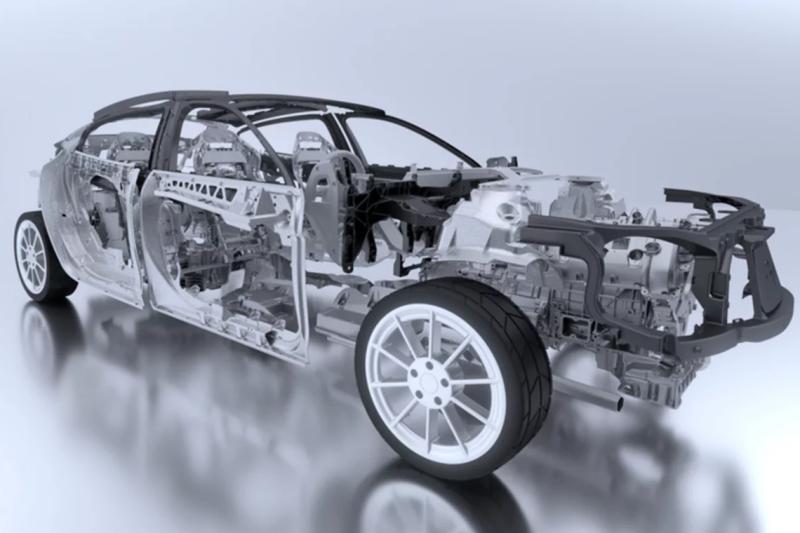
Automobile Investment Casting
Used for precise, lightweight, and durable parts like engine components and transmission, improving vehicle performance and fuel efficiency.
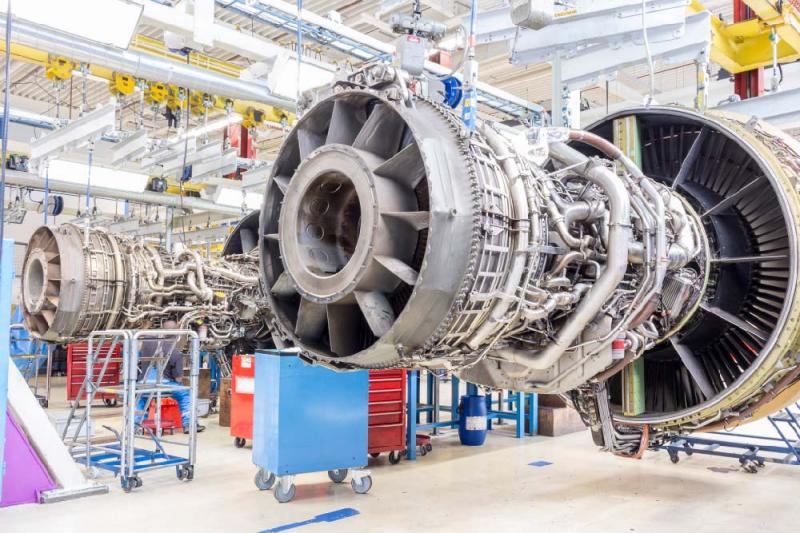
Investment Casting Aerospace
Produces complex, high-strength parts such as turbine blades and engine components, meeting strict safety and performance standards.
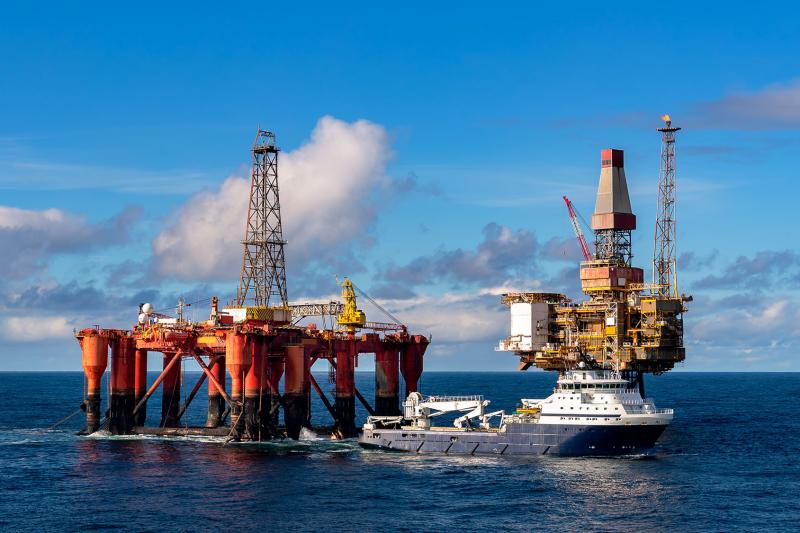
Marine Investment Casting
Creates strong, corrosion-resistant parts for ships and submarines, using special alloys to withstand harsh marine environments.

Rail Investment Casting
Manufactures durable, precise components for trains, ensuring safety and reliability under heavy loads and constant use.

Agriculture Investment Castings
Supplies tough, wear-resistant parts for farming machinery, enhancing durability and efficiency in harsh outdoor conditions.

Medical Investment Castings
Produces small, precise, biocompatible parts for surgical instruments, implants, and prosthetics with excellent surface finish and reliability.
Custom Investment Cast Parts by KEMING
How KEMING Provides You with Investment Casting Services
Tooling Creation
We start by making precise tooling using CNC machining. This tooling forms the pattern for casting. Customers pay a one-time tooling fee for new products, waived for future orders.

Wax Pattern Production
Wax is injected into the tooling to create wax patterns matching the product design. Multiple wax patterns are made and assembled on a sprue, then dried at room temperature.
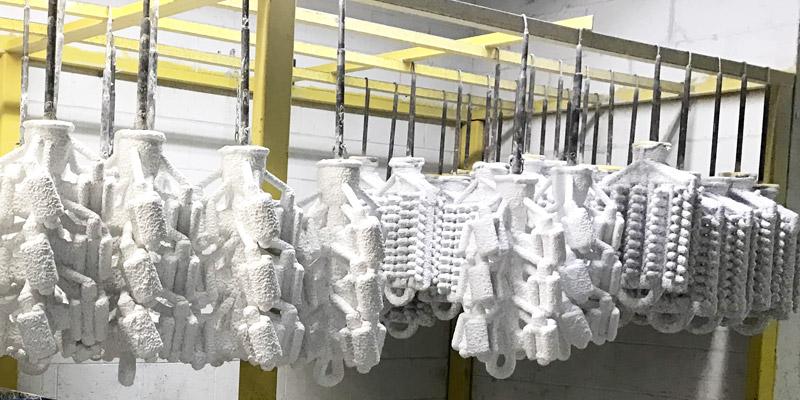
Ceramic Shell Building
The wax assembly is carefully dipped multiple times into a specially prepared ceramic slurry, which gradually builds up a thick, strong shell around the wax pattern to prepare for casting.

Dewaxing and Shell Firing
The ceramic shell is heated in a steam autoclave to melt and remove wax. Then, the shell is fired at high temperatures to harden and prevent cracks or defects before the casting stage.
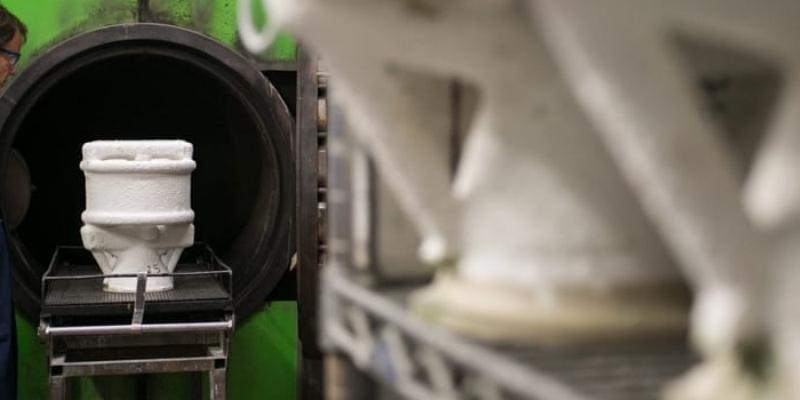
Metal Casting
Molten metal is poured into the preheated ceramic shell mold. After allowing it to cool naturally at room temperature, the metal solidifies completely, forming the precise desired shape.
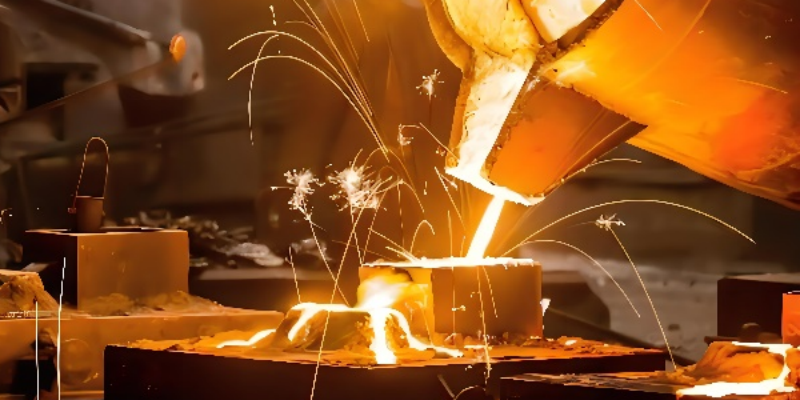
Shell Removal
The ceramic shell is carefully broken apart to release the metal castings inside. Afterward, excess metal is removed by grinding to ensure the castings have the correct shape and finished surface.
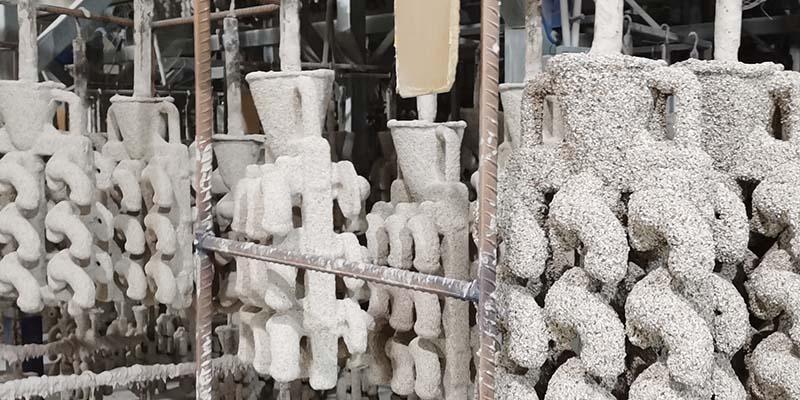
Optional Heat Treatment
If requested, castings undergo heat treatments like annealing or hardening to significantly improve their mechanical properties and durability. Additional costs apply for these services.

Shot & Sand Blasting
Castings are thoroughly cleaned by shot blasting or sand blasting methods to effectively remove scale, rust, and other surface impurities, thereby significantly ensuring a smooth finish.

Surface Treatment
Castings are initially treated with anti-rust oil or water. Additional surface treatments such as painting, powder coating or galvanizing can be applied depending on specific requirements.
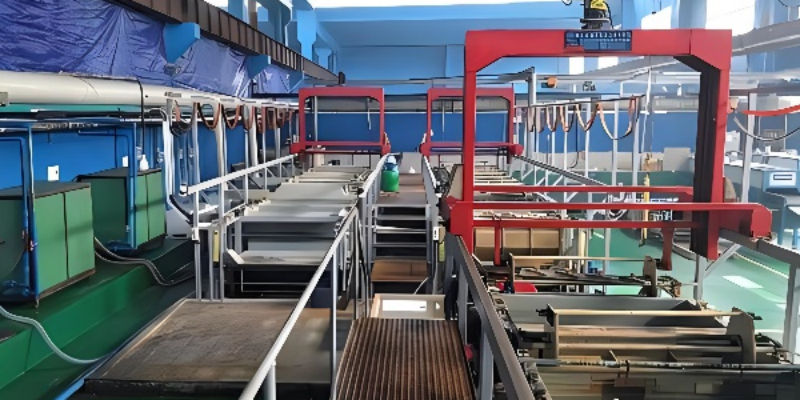
Quality Control
Engineers carefully perform detailed dimensional, surface, and internal inspections on all products. Only products meeting quality standards are approved for delivery to customers.

FAQs About Investment Castings
Is investment casting expensive
Investment casting is generally more expensive than other casting methods like sand casting or centrifugal casting. The high cost mainly comes from tooling and engineering, as investment casting requires complex wax patterns and single-use ceramic molds. Material costs also add up, especially when using premium alloys. Additionally, specialized equipment and labor-intensive steps contribute to the overall expense.
However, investment casting offers excellent precision, smooth surface finishes, and the ability to produce intricate and detailed parts, which can reduce post-casting machining costs. The price varies depending on part size, complexity, material, and quantity.
For reliable and cost-effective investment casting services, KEMING is a recommended manufacturer. KEMING specializes in high-quality investment casting with advanced technology, ensuring precise and durable metal parts. Their expertise helps optimize costs while maintaining excellent quality, making them a trusted choice for complex casting projects.
When to use investment casting
Investment casting is used when you need parts with high precision and smooth surfaces. It is ideal for making complex shapes that are hard to create with other methods. This process works well for small to medium-sized parts and can use many types of metals, including steel, aluminum.
You should choose investment casting when you want to reduce machining time because the parts come out close to the final shape. It is also good for producing parts with thin walls and fine details. This method is often used in industries like aerospace, automotive, and medical devices, where accuracy and quality are important.
In summary, use investment casting when you need detailed, accurate metal parts with a smooth finish, especially if the design is complex or requires tight tolerances.
What is the features of investment casting
Smooth Surface Finish: It uses ceramic molds, producing parts with very smooth surfaces, often around 125 RA, which reduces the need for extra machining.
High Precision and Tight Tolerances: Investment casting can achieve tight dimensional tolerances (about ±0.005 inch per inch), allowing for precise and complex shapes.
Complex and Intricate Shapes: It can create detailed parts with thin walls, undercuts, and internal passages that are difficult to make with other methods.
Wide Range of Sizes: It can produce very small parts weighing less than an ounce up to large parts weighing 50 pounds or more.
Material Versatility: Many metals can be cast, including stainless steel, bronze, aluminum, nickel-based superalloys, and cobalt alloys.
Lower Tooling Costs and Faster Production: Tooling is less expensive than other casting methods, and the process reduces machining time, leading to quicker production and cost savings.
Near-Net Shape Production: Parts come close to final dimensions, minimizing waste and machining.
How to choose the right investment casting supplier
When choosing the right investment casting supplier, focus on several key factors. First, consider the supplier’s experience, especially in your industry, to ensure they understand your specific needs and challenges. Quality and repeatability are crucial; the supplier should have strong technical capabilities, including advanced tooling and simulation software, to deliver consistent, high-quality parts. Certifications and testing capabilities matter if your application requires them. Also, assess the supplier’s ability to provide value-added services like design support and alloy selection advice. Price and customer service should align with your priorities, whether you need the lowest cost or the best service. Finally, check if the supplier can handle your required production volume and part complexity efficiently.
KEMING is a reliable choice as an investment casting supplier. We offer high-quality, precise casting with strong engineering support and advanced tooling. KEMING’s experience and commitment to quality make them a trusted partner for consistent, cost-effective investment casting solutions.
